
Just imagine. You know the specialized equipment you are working with is reaching its end of life, yet each and every day, anxious patients with life-threatening heart conditions are relying on your help. This time, I need your help.
Read More »

“I try to treat people, the way I would like to be treated.”
These are powerful words in health care. We want to know that our loved ones, or even we ourselves will be treated with respect, compassion and kindness when we are at our most vulnerable.
Read More »
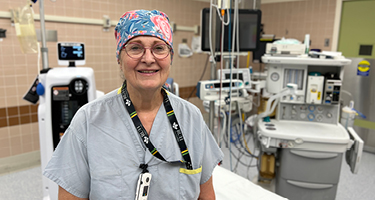
It’s been a lifelong journey of nursing service that has surpassed a half-century. And the trek isn’t over yet for Beverly Pavelich whose professional home has been Royal University Hospital for all but a couple of those years.
Read More »
Drs. Sothilingam and Harriman
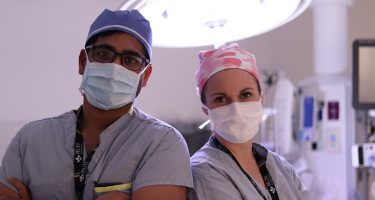
Royal University Hospital trauma surgeons Drs. Suzie Harriman and Niroshan Sothilingam never know what critically hurt trauma patient will come through the O.R. doors next.
Read More »

For Royal University Hospital operating room nurse and father of four, Ben Manley, caring for people who are sick or injured is in his blood.
Read More »

Gynecologic cancer surgeon Dr. Laura Hopkins was recruited to Saskatchewan from Ottawa to lead our province in women’s surgical innovation. She believes Royal University Hospital has built the team now we need YOUR help to build and equip state-of-the-art operating rooms.
Read More »
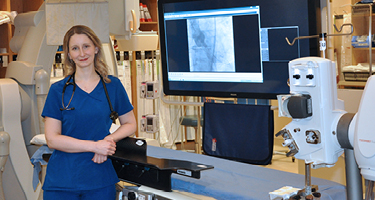
Dr. Janine Eckstein, Interventional Cardiologist, received her medical degree in Internal Medicine and Cardiology at the University of Saskatchewan. She knew early in her career that she wanted to sub-specialize in Interventional Cardiology.
Read More »
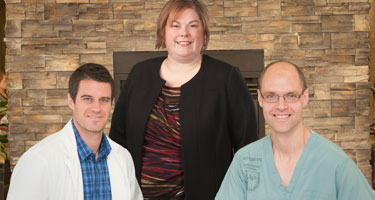
Physicians who wish to sub-specialize after their Residency training may enter a Fellowship training program. Sub-specialists fill service gaps and advance patient care, research and training at RUH. Similar to Residency training seats, a Fellow cannot fund their Fellowship seat: funding must be provided by a third party.
Read More »
Drs. Dilip Gill and Nathan Ginther
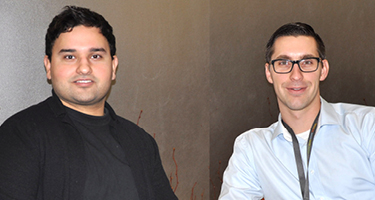
Drs. Dilip Gill and Nathan Ginther are revolutionizing colorectal cancer care for patients in Saskatchewan thanks in part to the generosity of donors to Royal University Hospital Foundation.
Read More »












